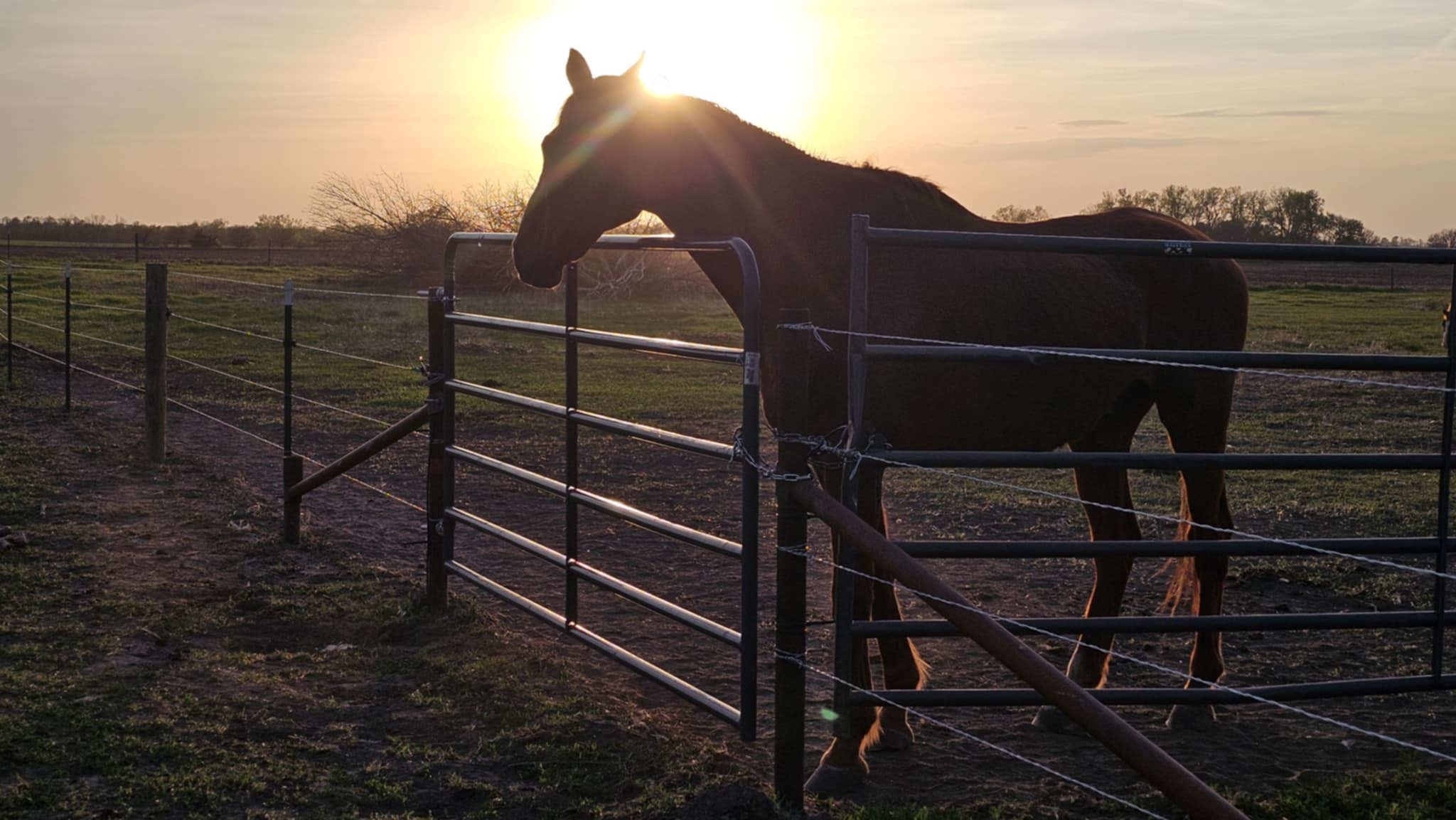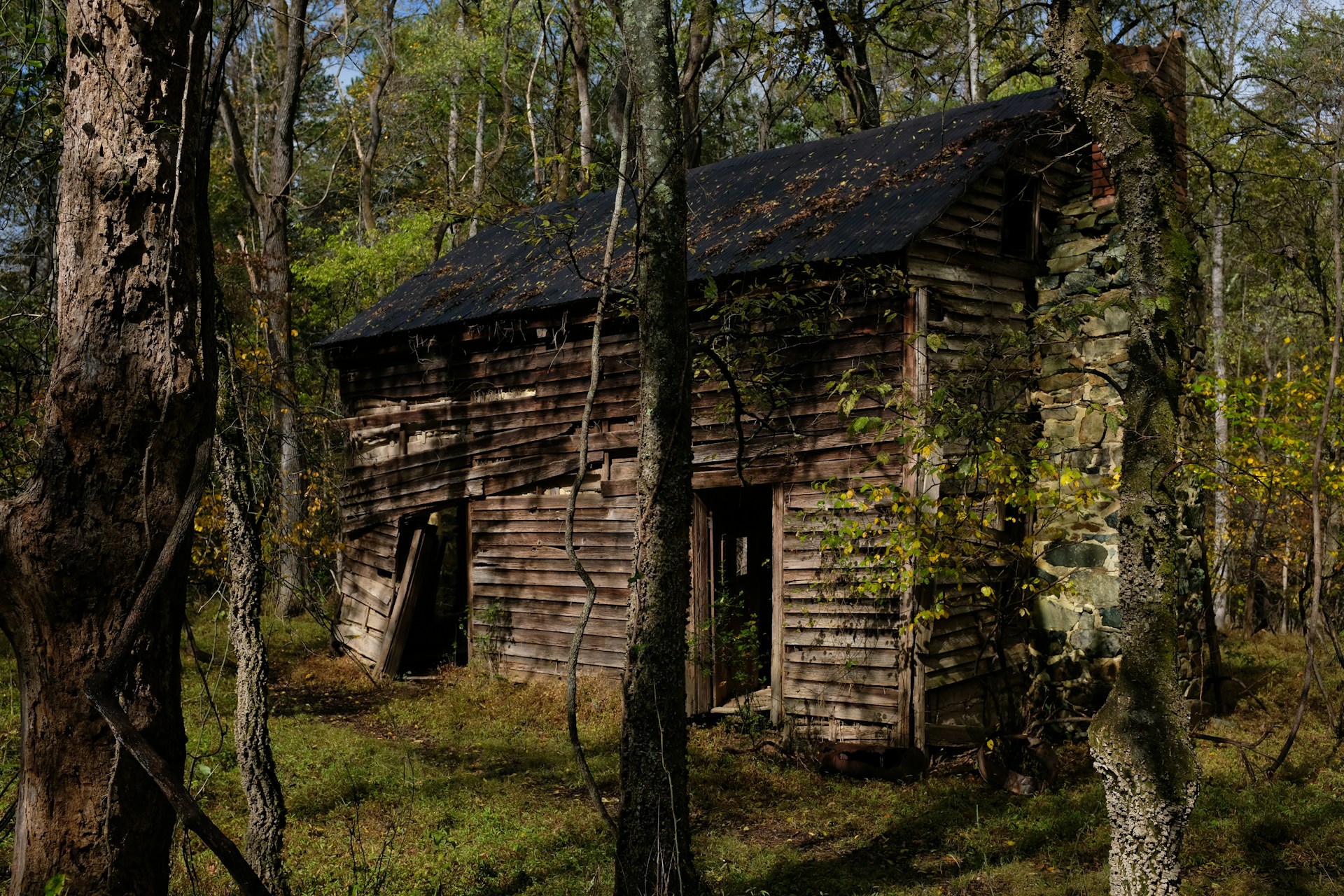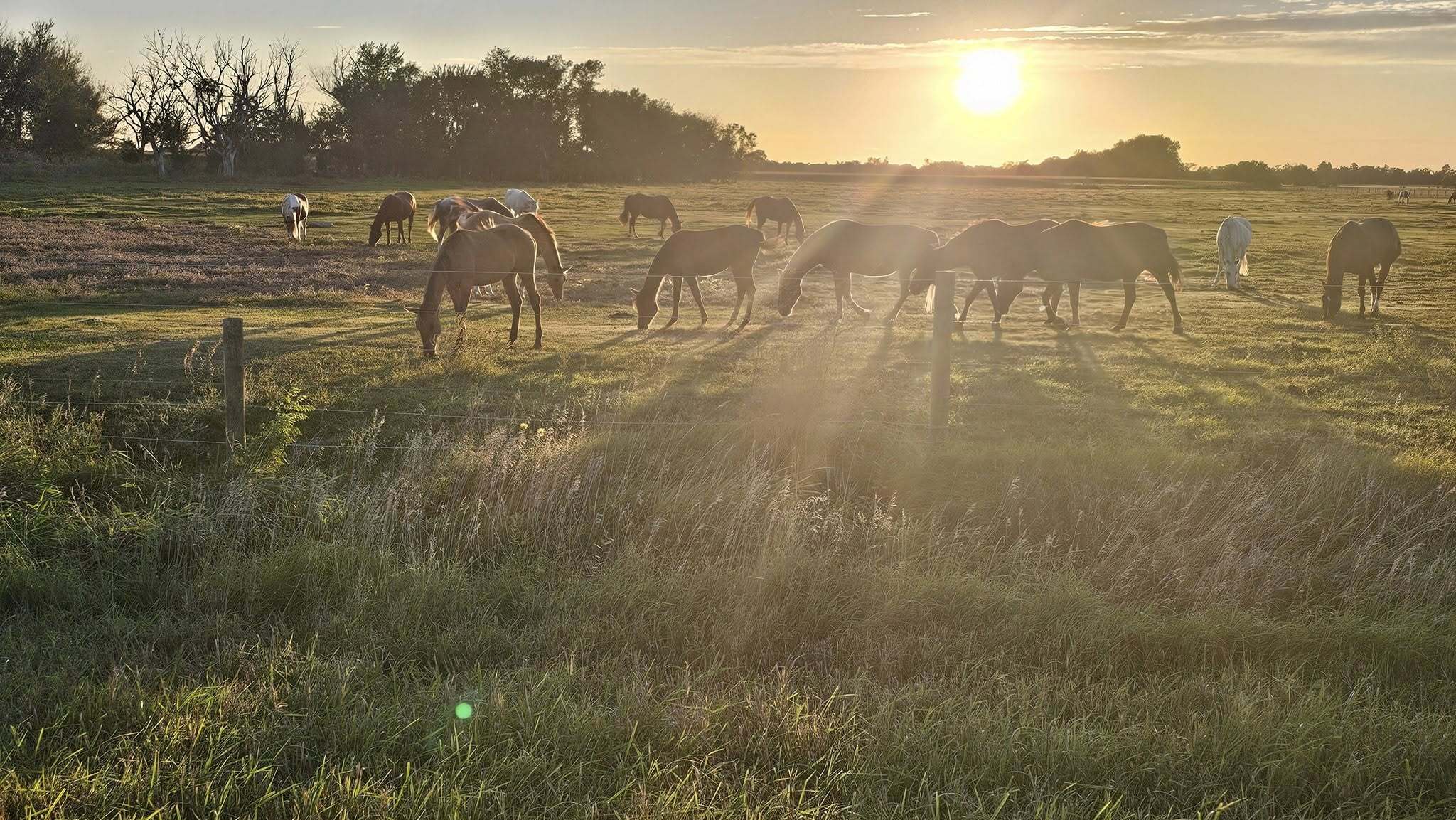The Question That Divides Us
There’s a topic that stirs strong opinions in the horse rescue world. It's louder than debates about training methods, hay types, or even auctions. It’s the question of euthanasia.
It’s not hard to understand why. We’re talking about life and death. The stakes are high, and everyone wants to believe they’re doing right by the horse. But lately, the conversations around euthanasia have started to feel more like accusations. As if the number of horses you euthanize – or don’t – is somehow a measure of your moral standing.
In my opinion, it’s not.
How the “No Wrong Answer” Philosophy Took Shape
Over the years, I’ve found myself coming back to what I now call the No Wrong Answer test. I’ve always been someone who sees all sides—maybe that’s why I tend to get along with so many different people in the rescue world, even when we don’t agree. That ability to listen, to understand different perspectives, has helped clarify my own stance as it pertains to the horses in my care.
What started as a phrase I’d use in conversations with our team or veterinarians—usually while working through one of those tough, grey-area cases—has slowly grown into something bigger. A lens I come back to again and again. A way of making decisions rooted in compassion, capacity, and context.
It’s not a checklist. It’s not a rule. It’s just a philosophy—one that I hope other rescues and caregivers will consider and maybe even embrace. Because sometimes, when you’re stuck in the hardest part of decision-making, it helps to pause and ask: Is this one of those times when there really is no wrong answer?
If it is—choose what you can live with. Choose what your team can support. Choose what honors the horse in front of you.
And if you find yourself disagreeing with someone else’s decision? That’s going to happen in this work. But if you can pause and recognize that sometimes, there really is no wrong answer—just different choices made with different resources—maybe we all stand a better chance of working together.
What the Middle Ground Looks Like
Some situations are clear. When pain can’t be managed, or the prognosis is poor and treatment would only prolong suffering, I don’t hesitate to make the call. Other times, the horse just needs a little time—decompression, supportive care, maybe a supplement or two—and they come around. In those cases, euthanasia would feel premature.
But then there are the middle grounds. The ones where either decision—euthanasia or treatment—could be justified. When I’m in that space, and the horse is not in unmanaged pain, I usually choose time. Not because I think that’s what everyone should do, but because it’s what I can do. This is the core of the No Wrong Answer philosophy.
When Education Tips the Scale
Sometimes, I choose time not just for the horse in front of me—but for what we might learn in the process.
Every once in a while, a horse is born with something so rare or so outside the norm that there’s no clear playbook. And in those cases, if the horse is comfortable and well-supported, choosing time can lead to discoveries we didn’t expect—about the condition, about long-term care, or about the assumptions we carry into decision-making.
We’ve had a few horses like that over the years. One of them, Hamilton, was born with a severe congenital defect involving both hind feet. His birth defect was the result of overcrowding, inbreeding, and lack of care in a large-scale neglect case. His case was so unusual that it became part of international veterinary conversations. We worked closely with one of the top lameness and surgical experts in the country, and Hamilton’s x-rays and case details were shared with specialists, radiologists, and educators across the world. He taught not only us, but many others—and we kept his vet updated on his life, his challenges, and ultimately, our decision to let him go when his body could no longer compensate. We chose time as long as he remained comfortable. When that changed, we made the call. But what we learned during those nine years has stayed with me—and, I hope, informed others as well.
More recently, we had a foal named Winnie, born with a contracted tendon. She was slightly older than the typical window for corrective surgery, but her x-rays were clean, and there were no signs of long-term structural changes. Her attitude was bright, and her comfort was good. With clear eyes and grounded expectations, our vets agreed to try. We moved forward with a plan that included room for both success and failure—knowing that if her pain ever became unmanageable or progress stalled, euthanasia would become the only right answer. But we chose time, treatment, and education—and so far, it’s paid off.
That’s the heart of this philosophy. Choosing time isn’t always about trying to save a life forever. Sometimes, it’s about holding space to see what’s possible—and sharing what we learn along the way.
At the same time, there have been moments when we had options—educational, medical, even financial—but still chose euthanasia because it was the right thing for the horse. Rosie was under a year old, like Winnie, but her x-rays showed a broken and displaced long pastern bone. While surgery and extensive rehab could have given her a pain-free life as a pasture horse, it would have meant months of stall rest during the most critical, joyful years of her development. Even if we’d had the funding, we couldn’t ask that of her. And Queenie, a 30-year-old Saddlebred with deep trust issues, started having repeated choke episodes. The first time she needed veterinary intervention, we made the decision to let her go. She would never have understood that a nasal tube was helping, and repeating that trauma—knowing it was likely to happen again—felt cruel. Another horse might have handled it differently. Nelly did, and her occasional chokes were manageable. But for Queenie, just like for Rosie, the right answer was to say goodbye.
When Philosophy Turns Into Judgment
What’s been hard to watch is how quickly those differences in philosophy become ammunition in the rescue community itself.
I’ve seen groups that euthanize quickly—often because of extremely high intake numbers or a belief that any degree of suffering should be avoided—face harsh criticism from the public and from other rescuers. At the same time, I’ve seen those same groups turn around and accuse slower-moving rescues of dragging out treatment or “refusing to do the right thing,” often based on nothing more than a photo or a few seconds of video.
Both perspectives usually come from people who care deeply—but also from people who are tired, overwhelmed, or traumatized by what they’ve seen.
The Reality of Resources
When you're managing hundreds of intakes a year, you can’t always give each horse the same individual focus. And when you’ve watched dozens of horses suffer or decline, you can become jaded. It gets harder to believe in “maybe.” I get that. Truly.
But the answer isn’t to assume bad intent. It’s to recognize that most of us are doing the best we can, within the constraints of our capacity, our philosophy, and the horse in front of us.
The truth is, it’s easy to pour time and money into one horse when you only have one in need. But when you have ten that all need that same investment, something has to give. Resources aren't just about money—they’re about time, people, energy, and emotional bandwidth. What looks like a “bad call” from the outside is often just a hard call from the inside.
A Call for Empathy
While I try not to draw hard lines between “ethical” and “unethical” every time I see a decision I wouldn’t personally make, when a horse is truly suffering with no plan, no oversight, or no concern for their well-being, I will speak up. That crosses a line.
There’s a difference between choosing a different path and avoiding action altogether. If a horse needs veterinary care and isn’t receiving it—not just for an hour or a day, but for weeks or months—that’s not a grey area anymore. That’s neglect. And when rescuers continue to bring in more animals while unresolved injuries or untreated medical needs pile up, it’s not just unsustainable—it’s unethical. “No wrong answer” doesn’t mean anything goes. It only applies when the horse’s comfort and dignity remain at the center of every decision.
Most of the time, though, that’s not what we’re talking about. We’re usually debating the middle ground—the space where horses are being cared for, where teams are thinking hard, and where people come to different conclusions because they’re working with different information, capacities, and philosophies.
And in that space, I’d rather advocate for empathy than judgment.



